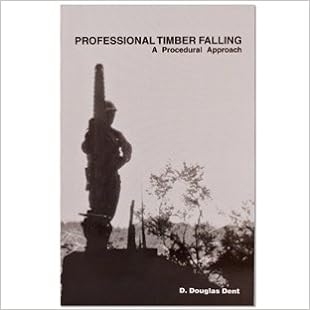Hey all, I’m new to the forum. Live on a wooded lot. I’ve dropped/cut many trees but just on a homeowner/novice level. I love watching how to tutorials and learning more.
Looking for armchair quarterback feedback on a Norway Maple I fell today. It did not go as planned. This is the first tree that went so wrong for me. I had all PPE and a safety plan and there was no injury or damage.
I’ll attach some pictures to help shape my questions. But basically my questions are was my back cut too high and part of my problem? Did I grossly misjudge the lean? If I cut the far side of the hinge too much (far meaning opposite of where it fell) would this cause the direction of fall?
I cut in the back cut, wedged fully, cut further and ended up cutting a little further than I would’ve thought I’d need to and then it started to fall sideways. Should I have stacked another wedge and left more hinge?
Looking for armchair quarterback feedback on a Norway Maple I fell today. It did not go as planned. This is the first tree that went so wrong for me. I had all PPE and a safety plan and there was no injury or damage.
I’ll attach some pictures to help shape my questions. But basically my questions are was my back cut too high and part of my problem? Did I grossly misjudge the lean? If I cut the far side of the hinge too much (far meaning opposite of where it fell) would this cause the direction of fall?
I cut in the back cut, wedged fully, cut further and ended up cutting a little further than I would’ve thought I’d need to and then it started to fall sideways. Should I have stacked another wedge and left more hinge?







